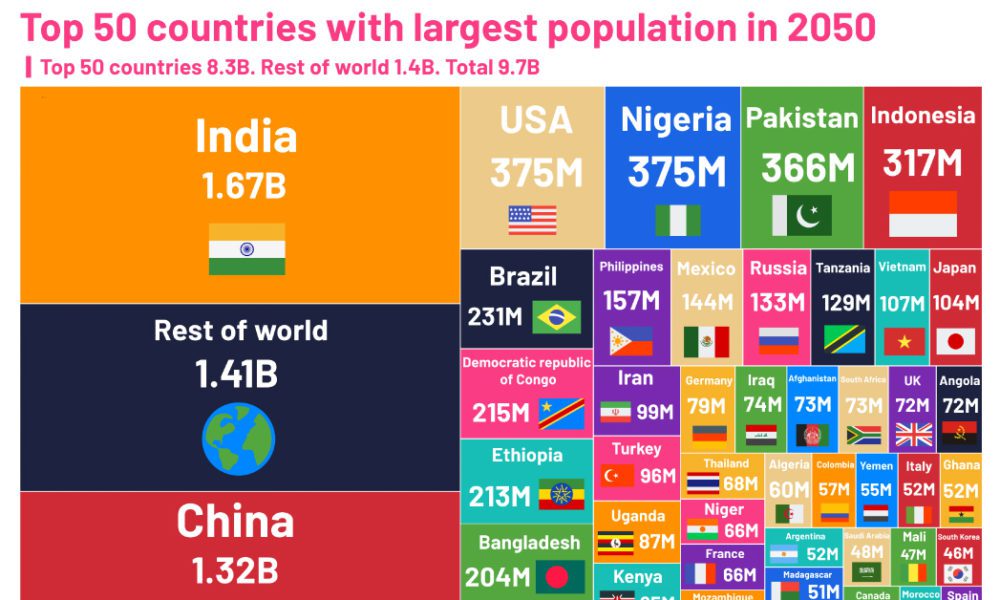Tracking Global Growth: World Population by Year with Worldometer
Table of Contents
- I’ve visited every country in the world by 2025 - here’s the clever ...
- Half of the World’s Population Could Be Nearsighted by 2050 - Business ...
- The World In 2025
- World Population in 2050 | US Daily Review
- The World in 2025 : imaginarymaps
- The World in 2025 (I) - YouTube
- Average Person In 2050
- What will be the Population of the World? (2023 - 500,000) How Many ...
- Future of World: 2025-10000 - YouTube
- The world in 2025 v2



Introduction to Worldometer


World Population by Year




Regional Population Trends
Worldometer also provides data on regional population trends. Some notable insights include: Asia: The most populous region, accounting for around 60% of the world's population. Africa: The fastest-growing region, with an annual growth rate of 2.7%. Europe: The slowest-growing region, with an annual growth rate of 0.1%. Understanding regional population trends is essential for addressing specific challenges and opportunities in each region. Tracking world population by year with Worldometer provides valuable insights into global growth trends. The data highlights the need for sustainable development, resource management, and social policies that address the challenges and opportunities presented by a growing population. As the world continues to urbanize and develop, it is essential to monitor population growth and its implications for the environment, economy, and society. By using reliable sources like Worldometer, we can stay informed and make informed decisions about the future of our planet.For more information on world population by year and other statistics, visit Worldometer's website and explore the wealth of data available.
Note: The word count of this article is approximately 500 words. The HTML format is used to structure the content, with headings (h1, h2) and paragraphs (p) to improve readability and search engine optimization (SEO).